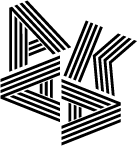Rencontres AKAA
LE CHANT DA LA MATIÈRE ET DE LA MÉMOIRE
AKAA remains deeply committed to nurturing and advancing dialogue and exchange between the public and all actors of the art market. This is the focus of the conferences taking place on Friday, October 24, covering original topics, free from controversy or propaganda.
The cultural program on Friday, October 24 at the Carreau du Temple auditorium is open to everyone and free of charge.
Auditorium, Carreau du Temple – 2 Rue Perrée, 75003 Paris
- Friday, October 24 -

11:00am - 12:30pm Auditorium - Carreau du Temple
Matter in the Feminine
Together, we will explore how women artists are reinventing practices once dismissed as secondary, confined to the domestic sphere: ceramics, textiles, hair, and clothing.
For a long time, these so-called “minor” mediums were reduced to craft tied to feminine labor, intimacy, to the household. Yet today, they are breaking boundaries—opening bold new paths in contemporary art and claiming a powerful place on the international scene and the art market
Clay, thread, hair, fabric… Materials long considered ordinary are shaking the foundations of the art market, entering biennales, and becoming grounds for powerful, intimate, and political expression.
Four artists are both witnesses and protagonists of this shift:
- ANNEAGMA, presented by Galerie SAILLY, who brings ceramics to life, balancing fragility and strength.
- N’dorah, presented by F.R.O.M (Fantastic Republic Of Motherland), who transforms hair into an identity-driven and activist manifesto.
- Ghizlane Sahli, presented by Galerie Christophe Person, who turns thread and sewing into organic architecture.
- Sophia Kacimi, who, through Zoubida, reinvents clothing as a territory of memory and affirmation.
And so what if it is these women who are revolutionizing contemporary art?
This is Matter in the feminine: between heritage and revolution.
In french.
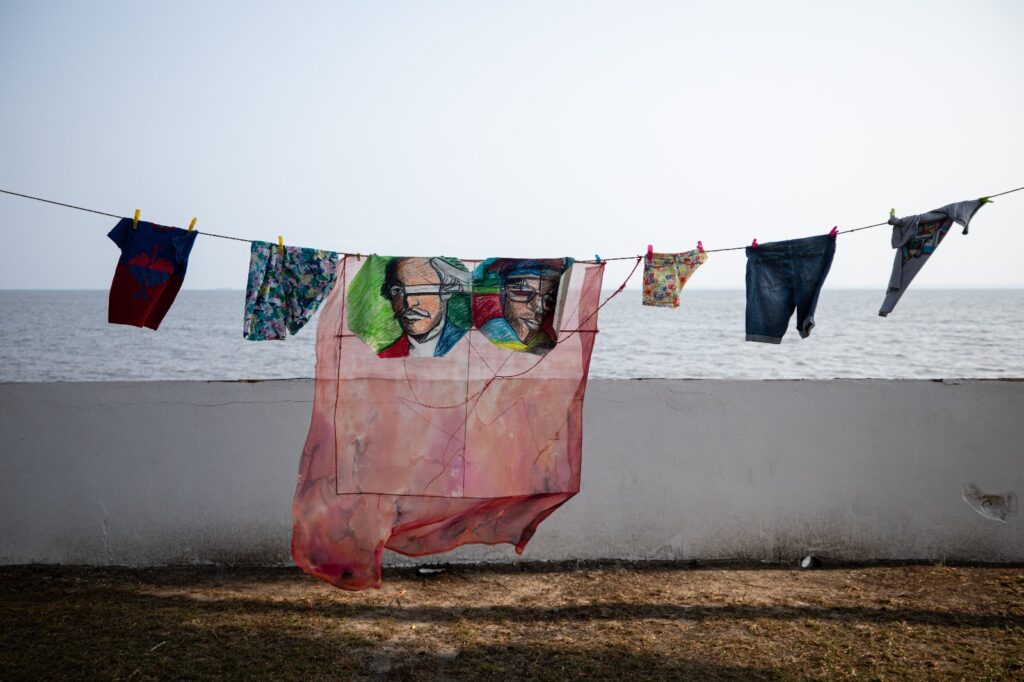
2:00pm - 3:30pm Auditorium - Carreau du Temple
Visual arts in landlocked territories: what art alternative models to create, exhibit, and exist?
A panel discussion moderated by Vanessa Tess Odongui-Bonnard (Gabonese Visual Artist and Curator) :
-
-
- Armelle Malvoisin, Journalist, Art Critic and Curator
- Julie Mvie, Photograph artist
- Mélinée Faubert, Artistic Director, Scenographer and curator
- Mae Woolworth, Director of Cultural Engineering at Manifesto
-
In a context where major capitals and cultural institutions concentrate visibility and resources, largely shaping the global art market, so-called “landlocked” territories represent both a challenge and a field of experimentation for creatives. How can artists create, exhibit, and sell in spaces where infrastructures and access to collectors—both locally and internationally—remain limited?
Often perceived as disadvantaged, these contexts are in fact unique grounds for creative exploration, fostering new narratives, unprecedented aesthetics, and innovative local dynamics.
This panel discussion will draw in particular on the experience of the DUVANGU project, carried out in the abandoned premises of the former French Embassy in Libreville. Conceived as a laboratory for artistic research, DUVANGU transcends geographical and institutional isolation through artist residencies, temporary exhibitions, and participatory initiatives.
Throughout this discussion, we will explore concrete strategies for building viable artistic ecosystems beyond the major centers, encouraging investment in the cultural sector, and strengthening the presence of these scenes on the global art map.
In french.
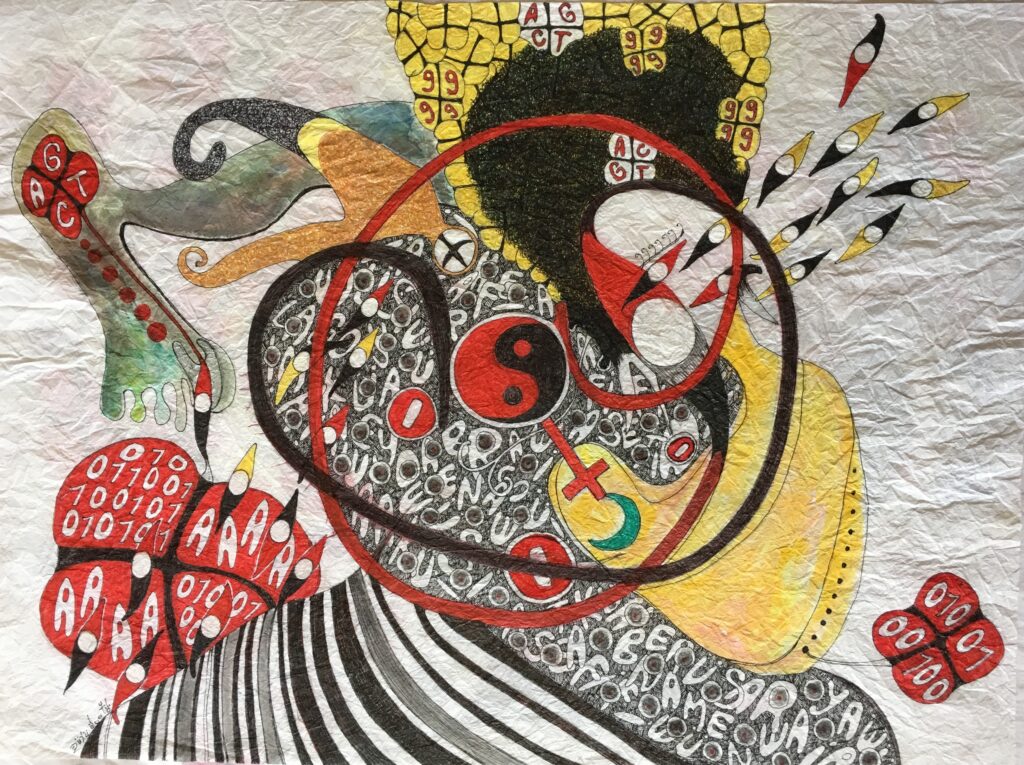
4:00pm - 5:30pm Auditorium - Carreau du Temple
AfricAsia: Dissemblance, Otherness, Antinomy—Really?
Une table ronde modérée par Sitor Senghor, directeur artistique de la foire AKAA.
-
- Serge Mouangue, artist presented by space Un Gallery
- King Houndekpinkou, artist presented by Galerie Vallois
- Aliou Diack, visual artist
- Ernest Dükü, artist presented by Knust Kunz Gallery
- Andy Amadi Okoroafor, Creative Cirector, Curator, Filmmaker, and Publisher
Far from fixed images of cultural opposition, our gathering seeks to question points of resonance, spaces of dialogue, and the intimate pathways that connect these two worlds. West Africa and Asia—and Japan in particular—may at first appear to belong to entirely different universes: distant geographies, distinct histories, and divergent cosmologies. Yet, through the experience of the artists present today, we discover how these worlds can intersect, enrich one another, and reinvent themselves together.
The works of Serge Mouangue, King Houndekpinkou, Aliou Diack, and Ernest Dükü along with the journey of Amadi Okoroafor, bear witness to this encounter. Each, in their own way, engages with Japanese culture—through material, ritual, spirituality, or animism—and brings it into resonance with deeply rooted African heritages. Their practices illuminate unexpected affinities: the relationship to the sacred, attentiveness to invisible forces, the importance of transmission, impermanence, and the vital energy of materials.
Today, therefore, we are not here to speak merely of differences, but of bridges. We aim to explore how art can become a space of sensitive translation, a place where otherness does not mean distance but, rather, a source of creation and connection.
For this journey, let us be guided by the voices and imaginations of the artists, to discover what emerges when two continents regard one another not as strangers, but as mirrors.
In english.
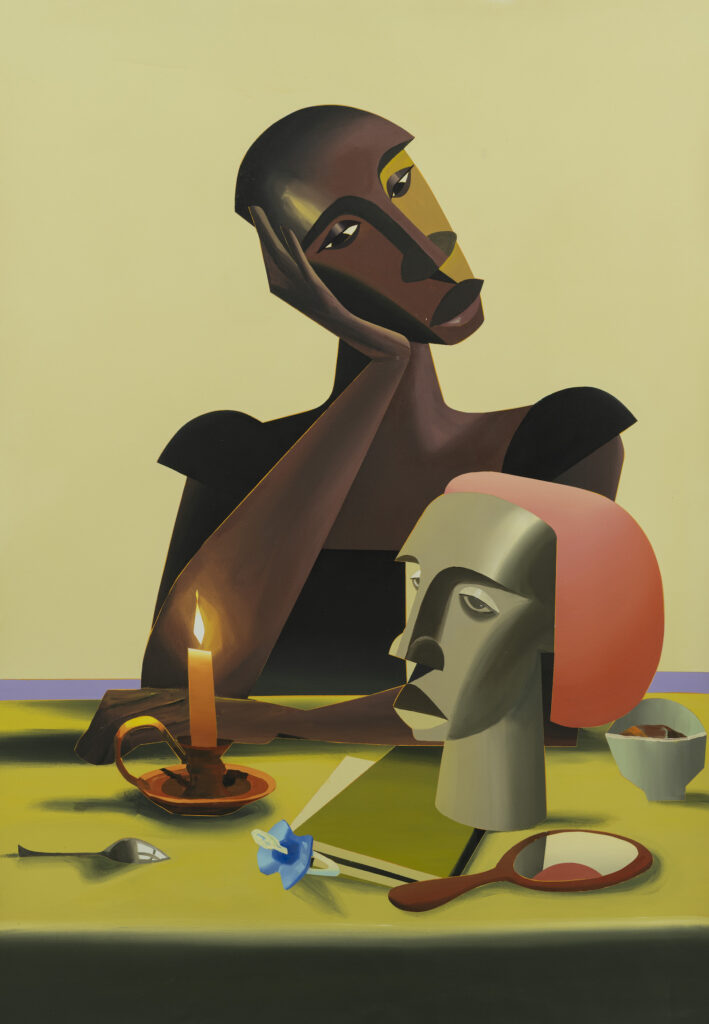
6:00pm - 6:20pm Booth C2
En tête à tête – with Terence Ntsako Maluleke
Meet the artist Terence Ntsako Maluleke and BKhZ Gallery at their booth.
En tête à tête program was created to offer the public a privileged connection with the fair’s artists. For about twenty minutes, the artist and the gallery will present, discuss, and engage directly with the audience. An intimate and unique moment to experience the artist’s work and universe in a completely new way.
In english.
- Saturday, October 25 -
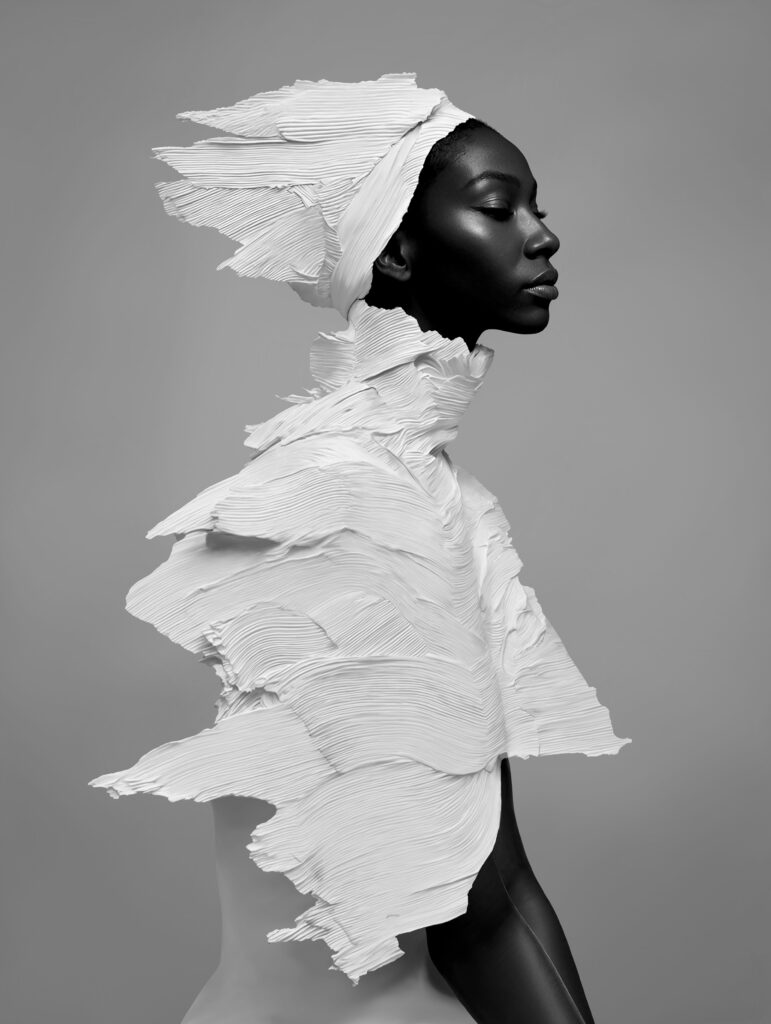
2:00pm - 2:20pm Booth C16
En tête à tête – with Gavin Goodman
Meet the artist Gavin Goodman and Filafriques on their booth.
En tête à tête program was created to offer the public a privileged connection with the fair’s artists. For about twenty minutes, the artist and the gallery will present, discuss, and engage directly with the audience. An intimate and unique moment to experience the artist’s work and universe in a completely new way.
In english.
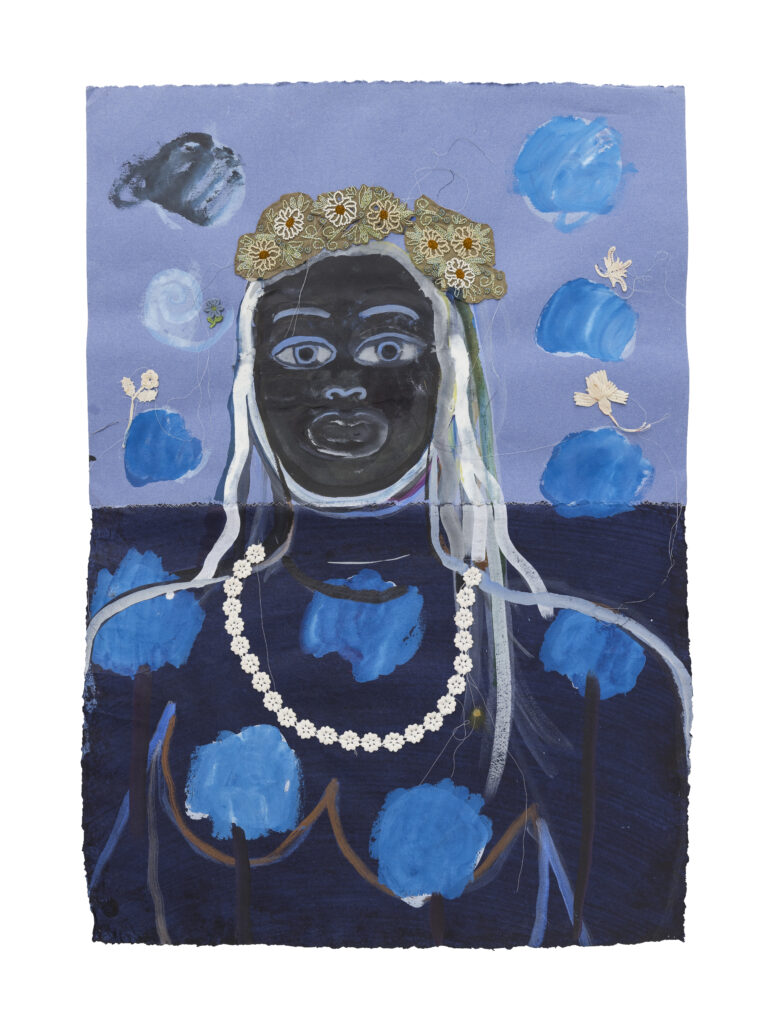
4:00pm - 4:30pm Booth A9
En tête à tête – with Atsoupé
Meet the artist Atouspé and Galerie Anne de Villepoix at their booth.
En tête à tête program was created to offer the public a privileged connection with the fair’s artists. For about twenty minutes, the artist and the gallery will present, discuss, and engage directly with the audience. An intimate and unique moment to experience the artist’s work and universe in a completely new way.
In french.
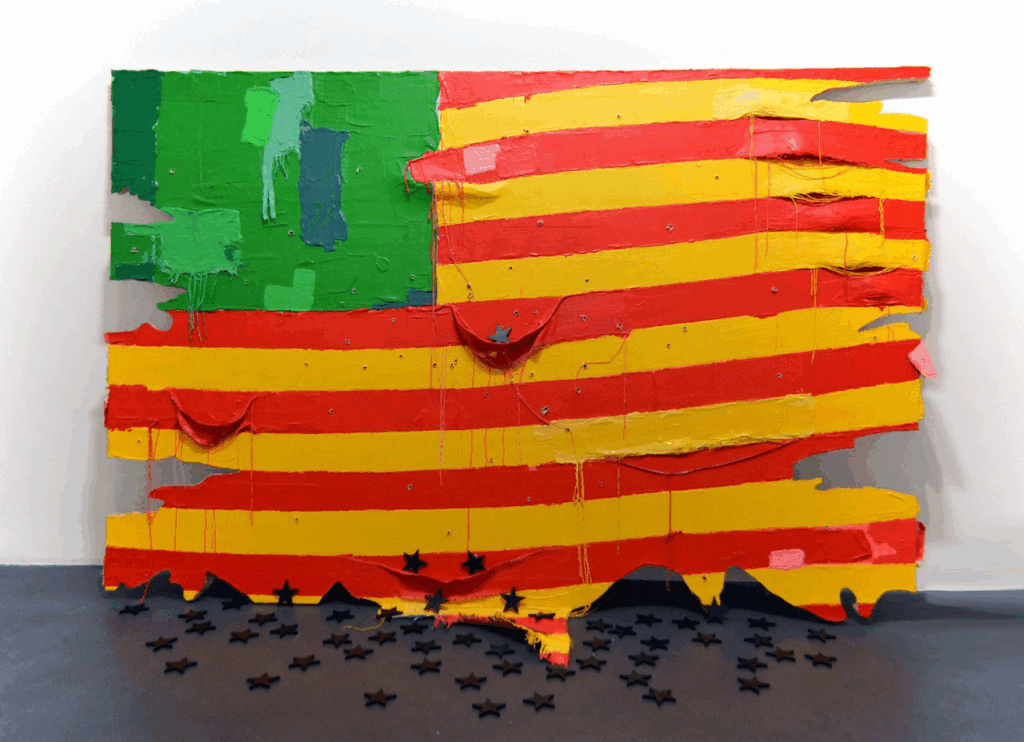
6:00pm - 6:20pm Booth B6
En tête à tête – with Nú Barreto
Meet the artist Nú Barreto from Galerie Nathalie Obadia at his booth.
En tête à tête program was created to offer the public a privileged connection with the fair’s artists. For about twenty minutes, the artist will present, discuss, and engage directly with the audience. An intimate and unique moment to experience the artist’s work and universe in a completely new way.
In french.
- Sunday, October 26 -
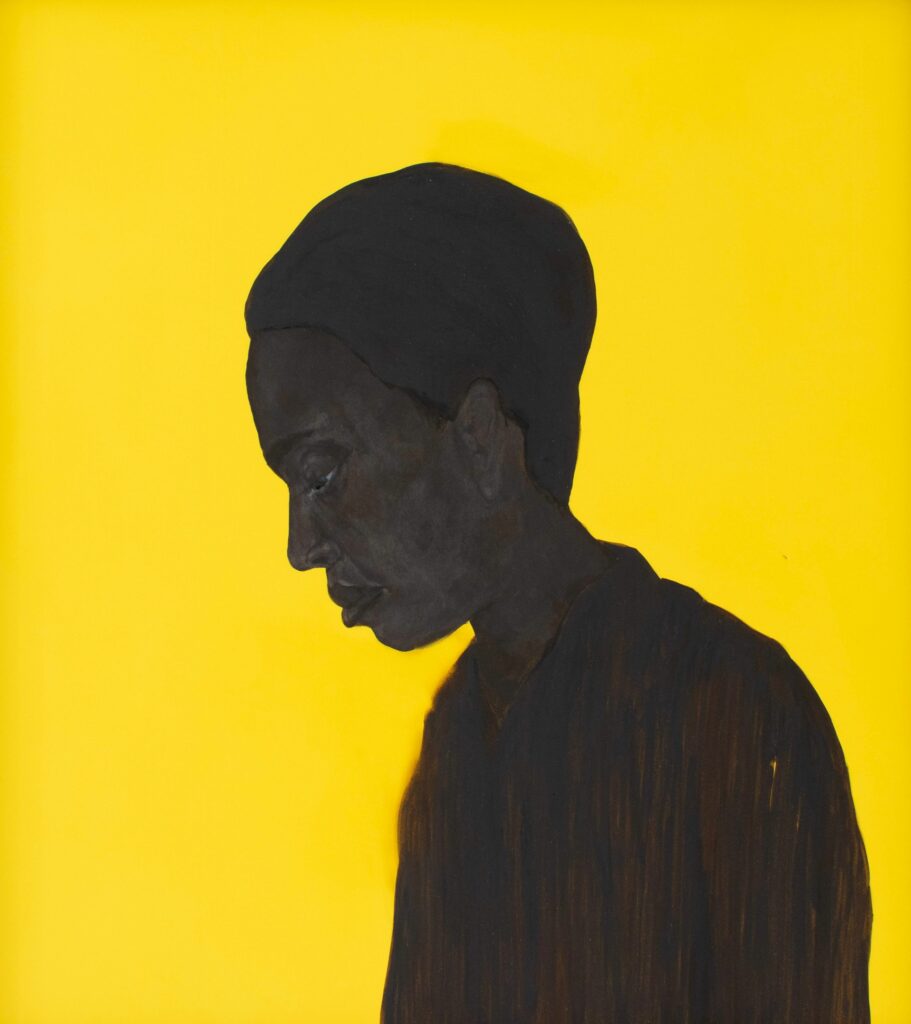
2:00pm - 2:20pm Booth B6
En tête à tête – with M’barek Bouhchichi
Meet the artist M’barek Bouhchichi form Galerie Dagoma-Harty at his booth.
En tête à tête program was created to offer the public a privileged connection with the fair’s artists. For about twenty minutes, the artist will present, discuss, and engage directly with the audience. An intimate and unique moment to experience the artist’s work and universe in a completely new way.
In english.
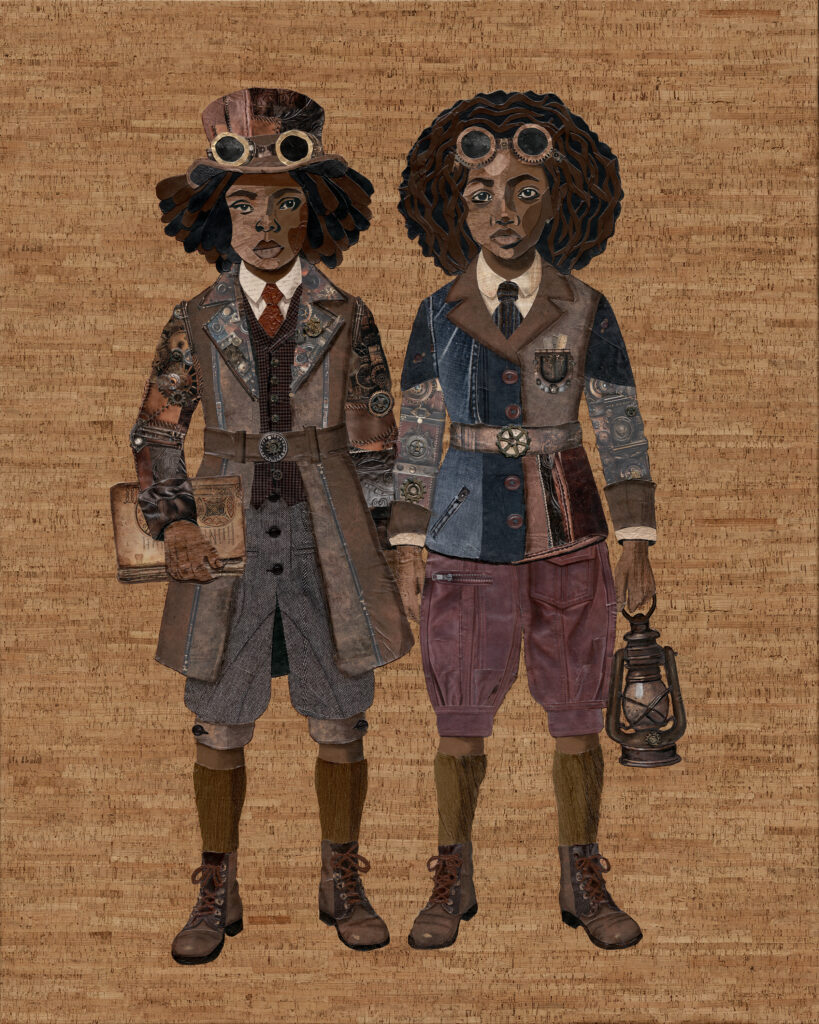
3:00pm - 3:20pm Booth A5
En tête à tête – with Jennia Fredrique Aponte
Meet the artist Jennia Fredrique Aponte and Art Melanated at their booth.
En tête à tête program was created to offer the public a privileged connection with the fair’s artists. For about twenty minutes, the artist and the gallery will present, discuss, and engage directly with the audience. An intimate and unique moment to experience the artist’s work and universe in a completely new way.
In english.
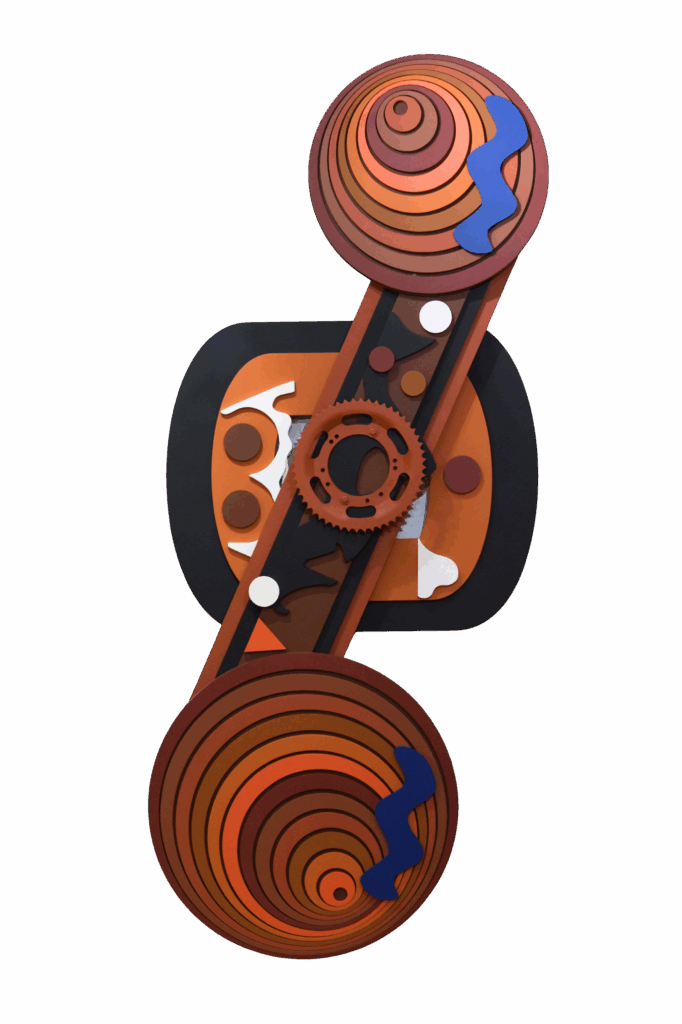
4:00pm - 4:40pm Booth B10
En tête à tête – with Zineb Mezzour, Valérie Ohana et Bouchra El Menjra
Meet the artists Zineb Mezzour, Valérie Ohana, Bouchra El Menjra and Myriem Himmich Gallery at their booth.
En tête à tête program was created to offer the public a privileged connection with the fair’s artists. For about forty minutes, the artists and the gallery will present, discuss, and engage directly with the audience. An intimate and unique moment to experience their works and artistic worlds from a different perspective.
In french.
- Friday, October 24 -
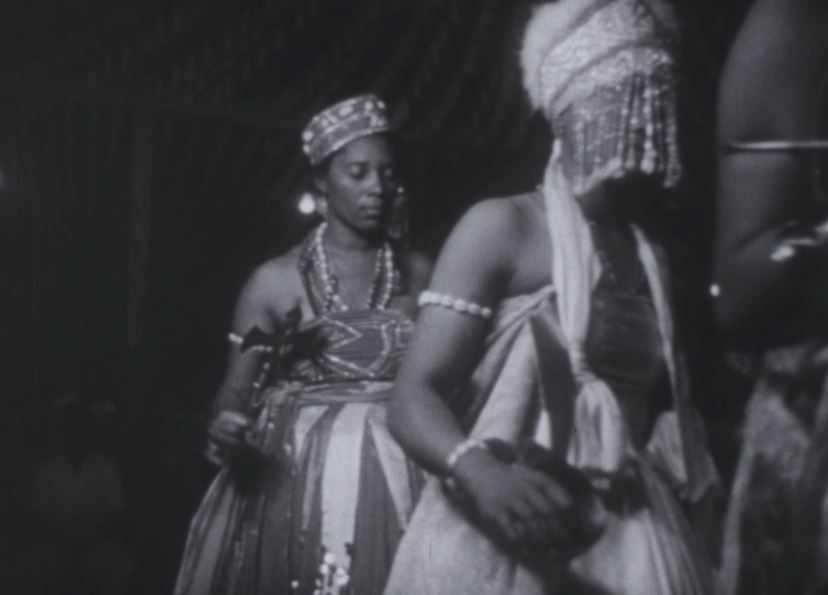
6:30pm - 8:00pm Auditorium - Carreau du Temple
Film Screening : Bahia la Sainte
The preservation and showcasing of film archives have become a key issue in critically understanding visual representations of the 20th century. For the very first time, in partnership with Archives nationales de France, this screening presents a rare projection of Bahia la Sainte, directed by Roger Moride in 1951 and newly digitized especially for the AKAA fair.
A former student at IDHEC and assistant to Jacques Tati, Moride spent more than two years in South America, including fourteen months in Salvador de Bahia.From this stay he brought back thousands of meters of film reels, from which he created a trilogy exploring religious practices, popular festivities, and daily life of the city. Bahia la Sainte is the culmination of this work, particularly for its rare footage of Candomblé ceremonies, captured discreetly and with remarkable sensitivity.
While this film provides an exceptional visual record, it must also be viewed through the critical lens of colonial history and the social sciences. It reflects a European gaze on Afro-Brazilian cultural practices—framed by commentary written later by screenwriter Simon Gantillon, whose words echo the exoticism and colonial imagination that shaped many documentary productions of that era.
The screening will be introduced by Martine Sin Blima-Barru, PhD in History, Heritage Curator, and Head of the Audiovisual Archives Mission at the National Archives, alongside Sandrine Gill, PhD in Art History and Senior Archivist specializing in heritage collections within the same institution.
Following the screening, Sandrine Gill will provide scholarly insight into this body of films—produced either by French researchers or under institutional commissions—examining the tension between documentary ambition and colonial frameworks, before opening the discussion to audience questions.
In english.
- Saturday, October 25 -
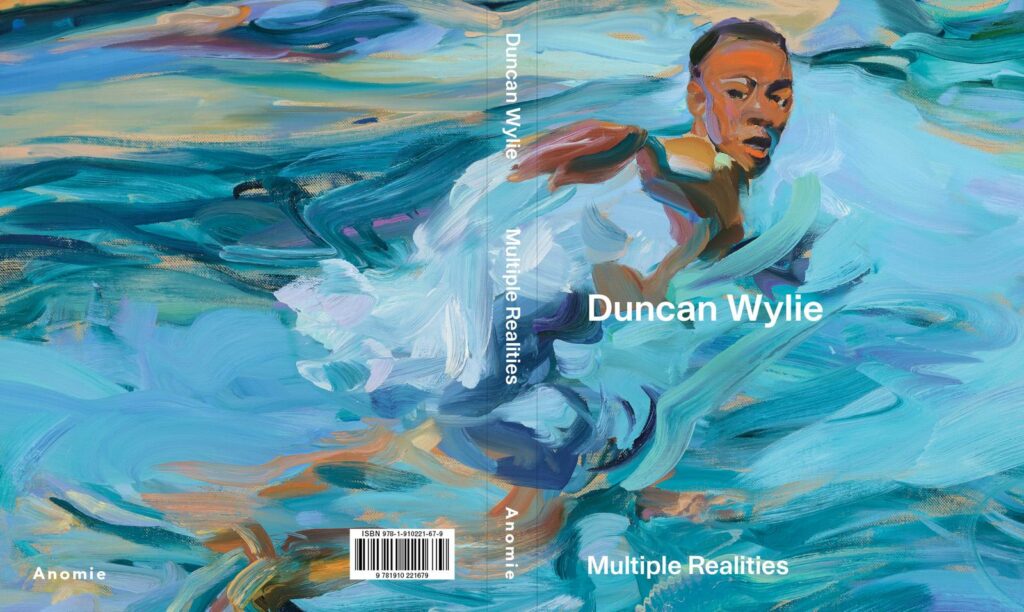
3:00pm Booth B1
Book signing – Multiple Realities by Duncan Wylie
Book Signing of the Monograph Multiple Realities by Duncan Wylie presented with Backslash Gallery, with the artist and Marc Donnadieu, former museum curator, exhibition curator, and art critic.
Co-written by Adelaide Bannerman, Marc Donnadieu, Valérie Kabov, and Juliette Singer – Publishers: Anomie & Backslash Gallery.
In english.
